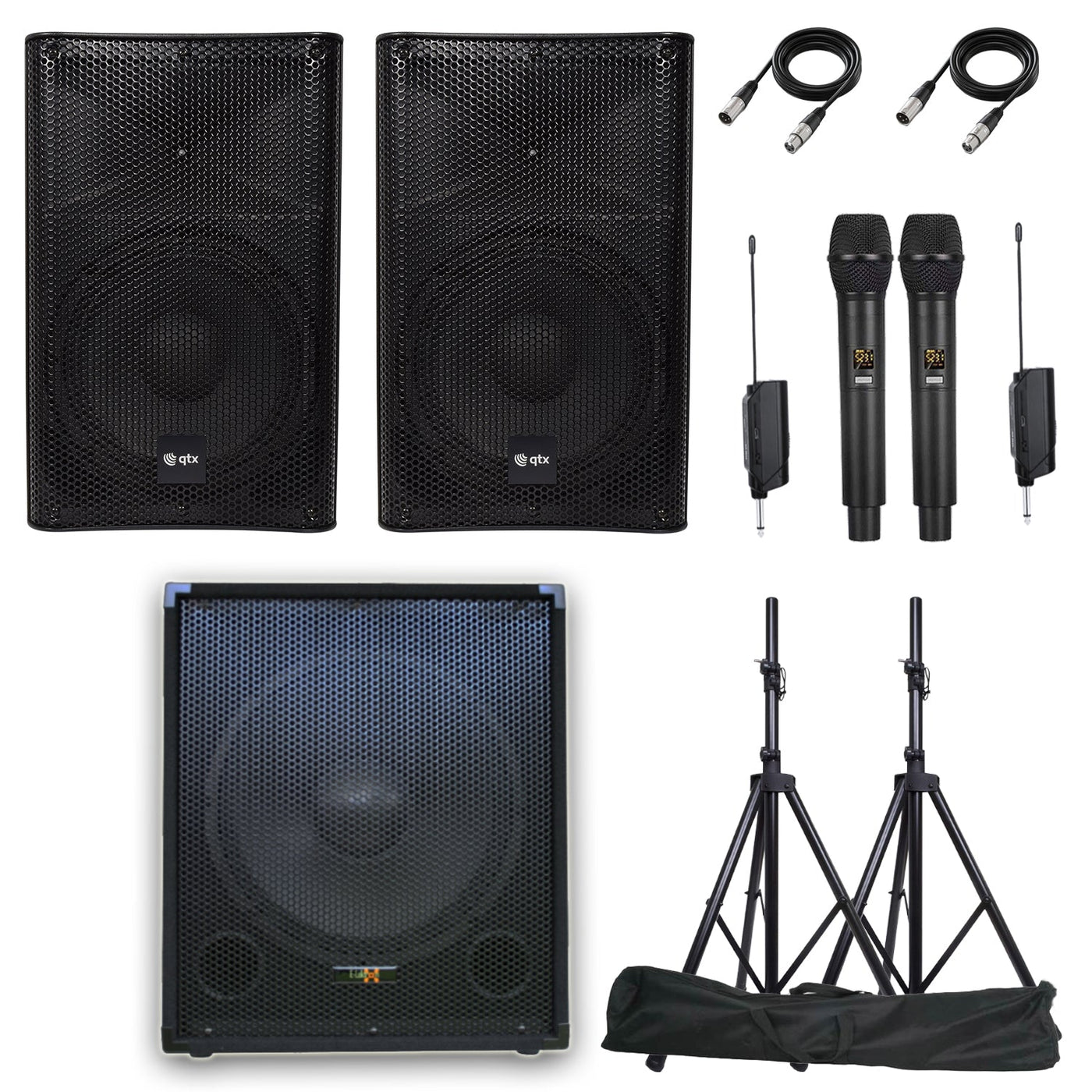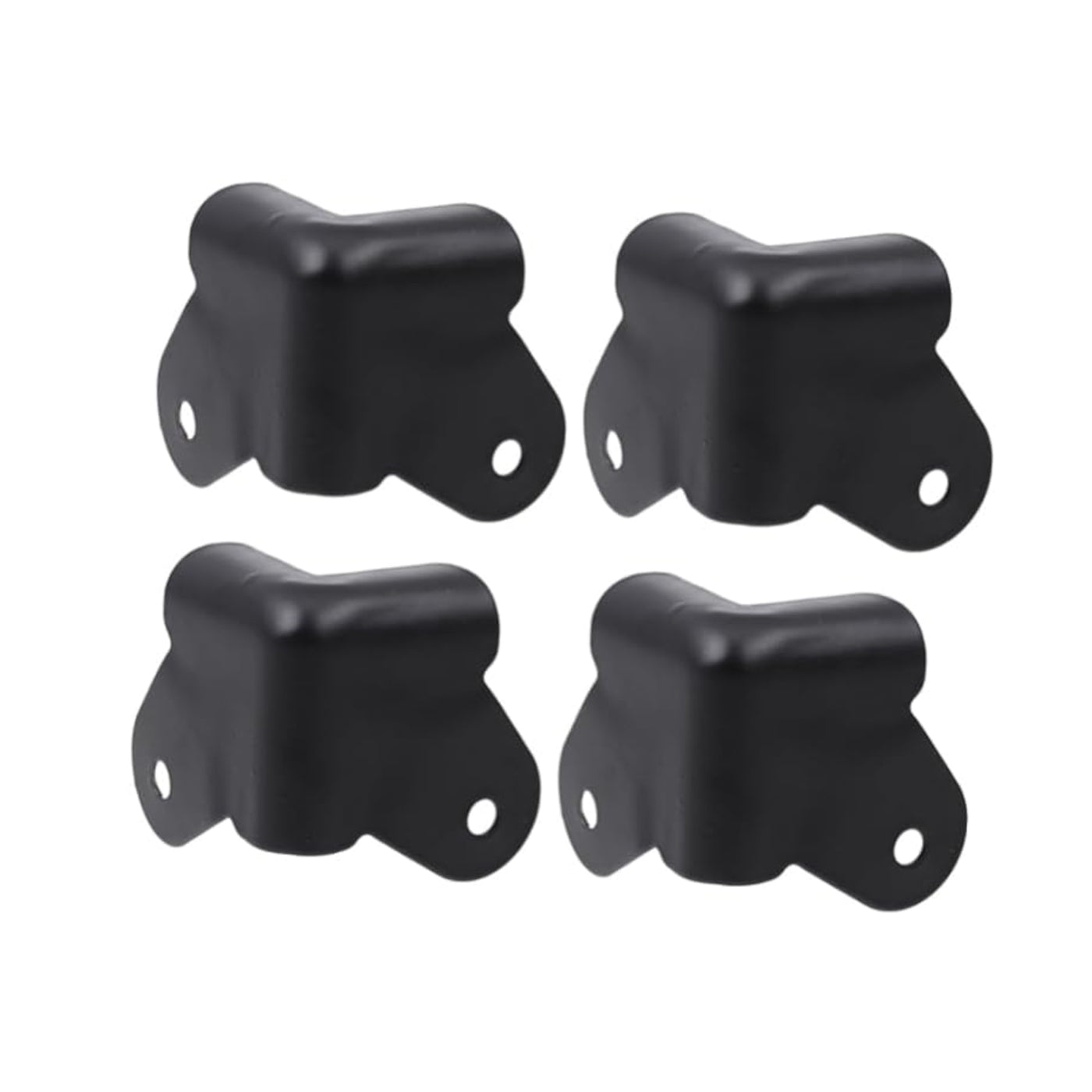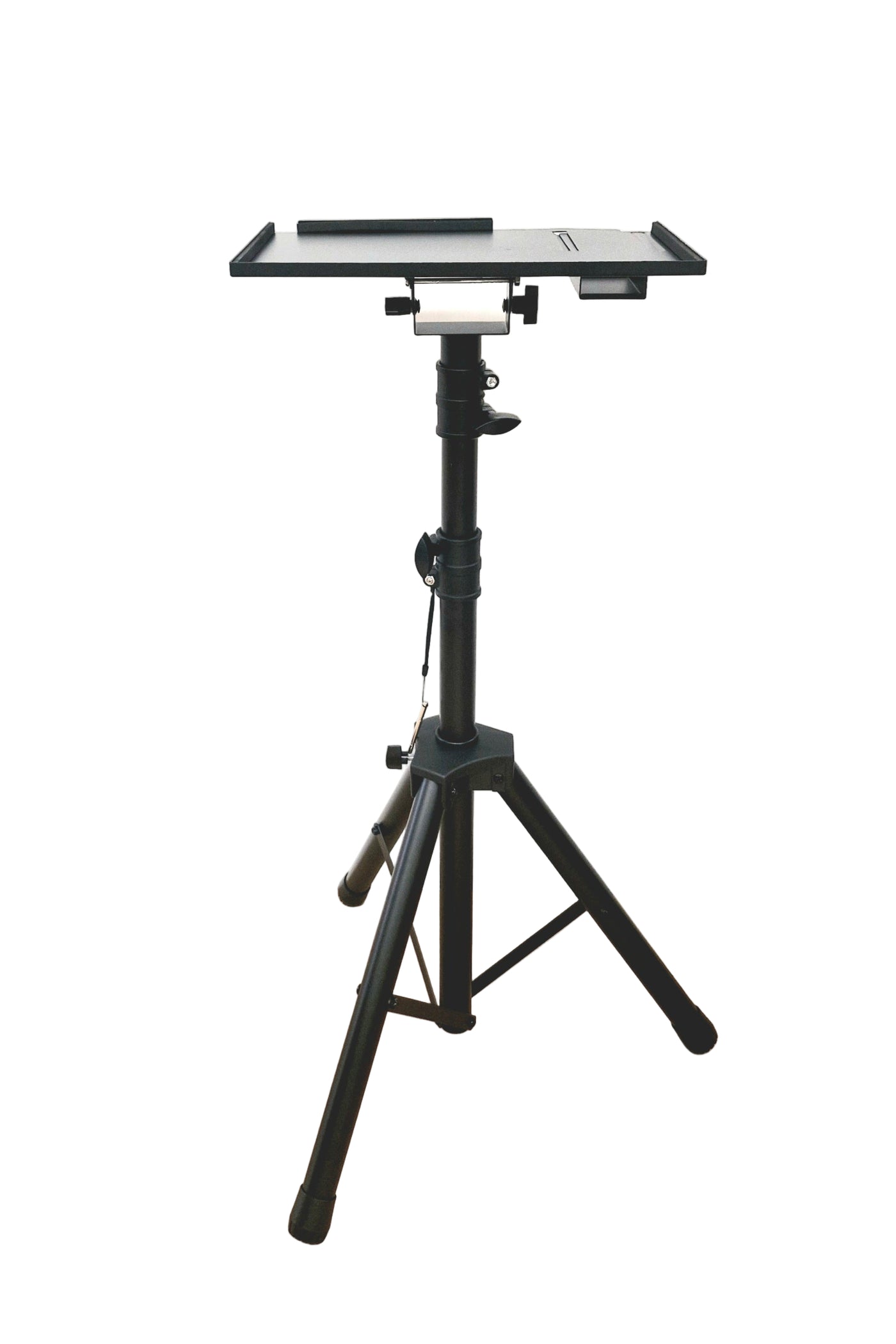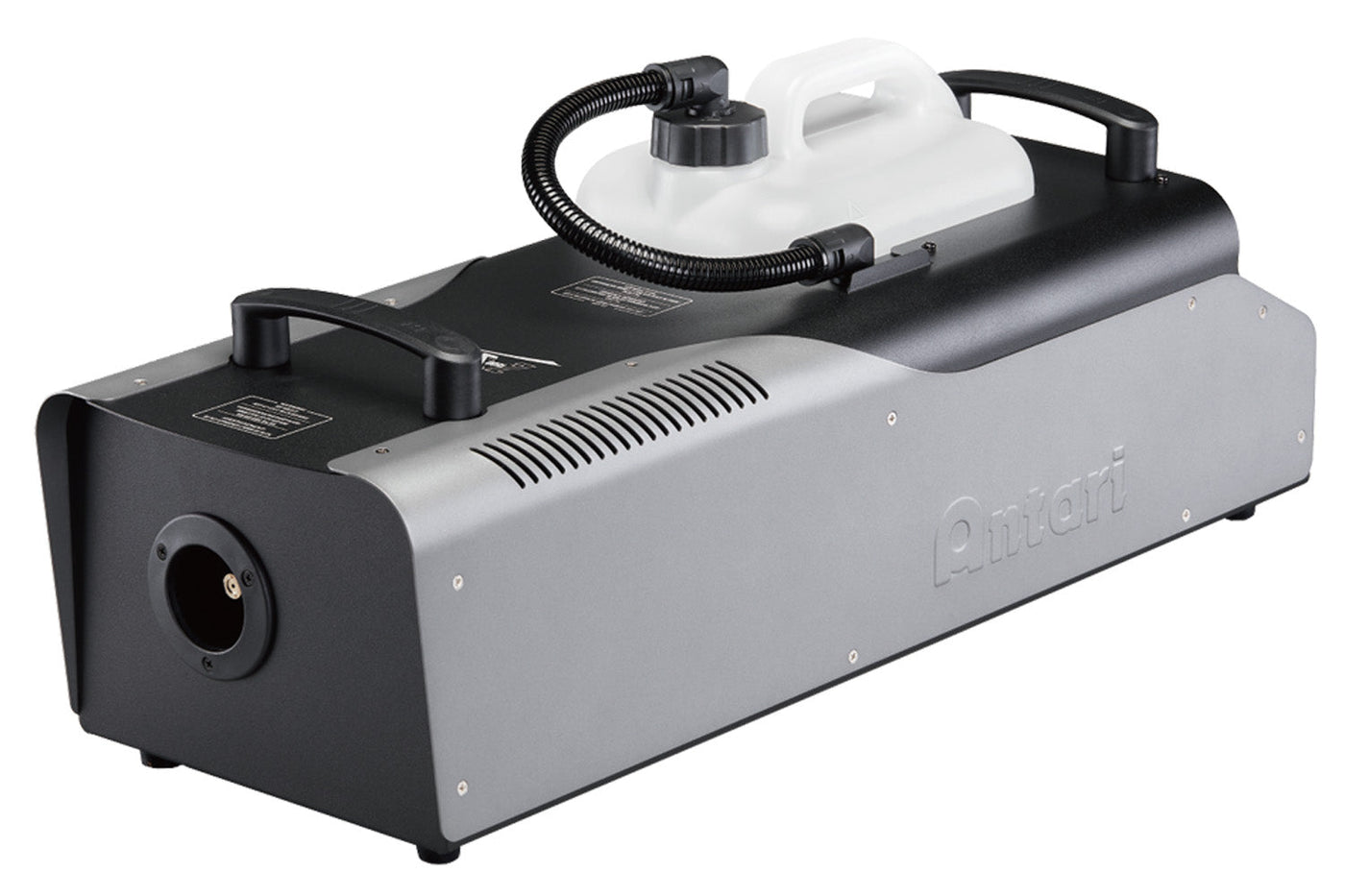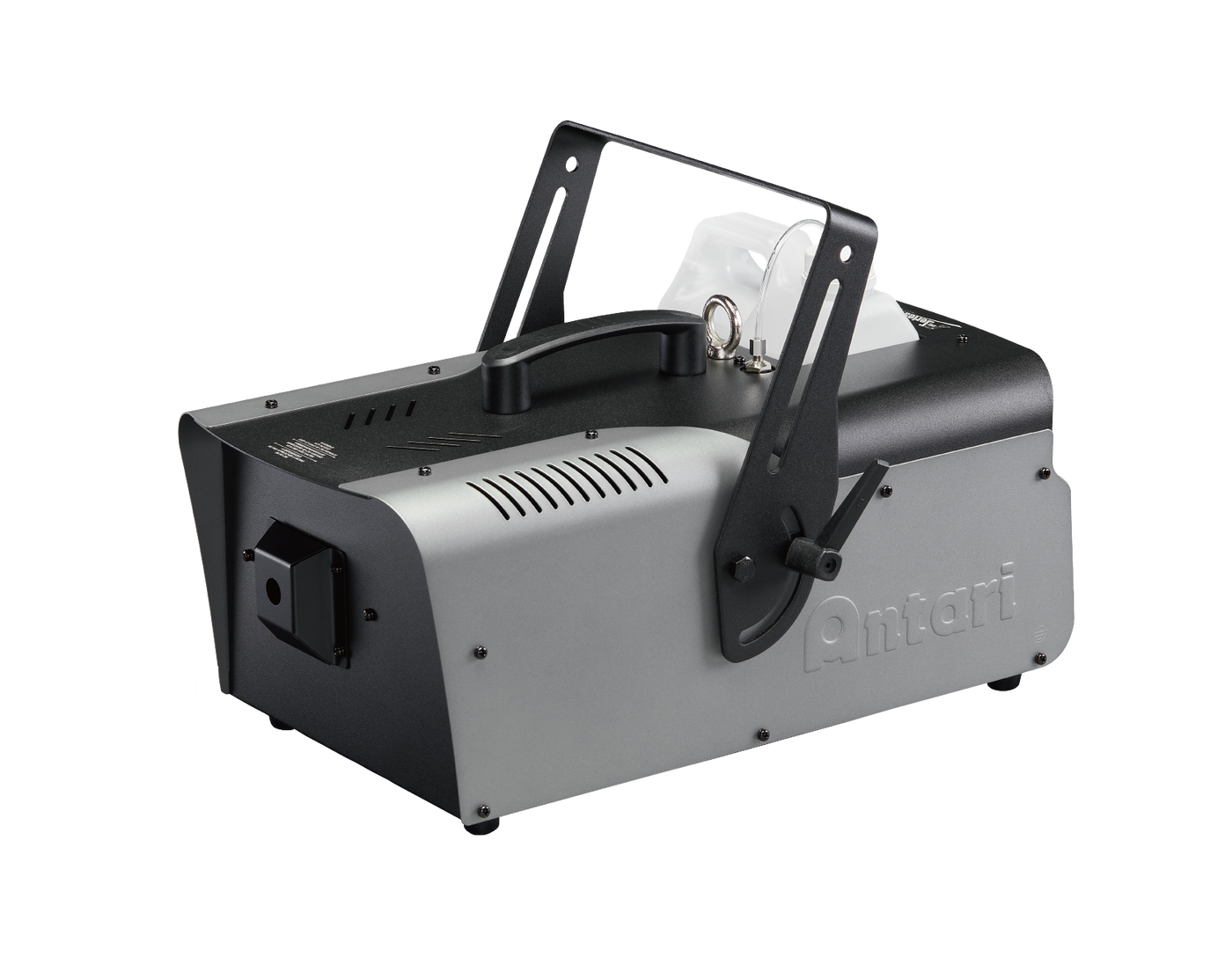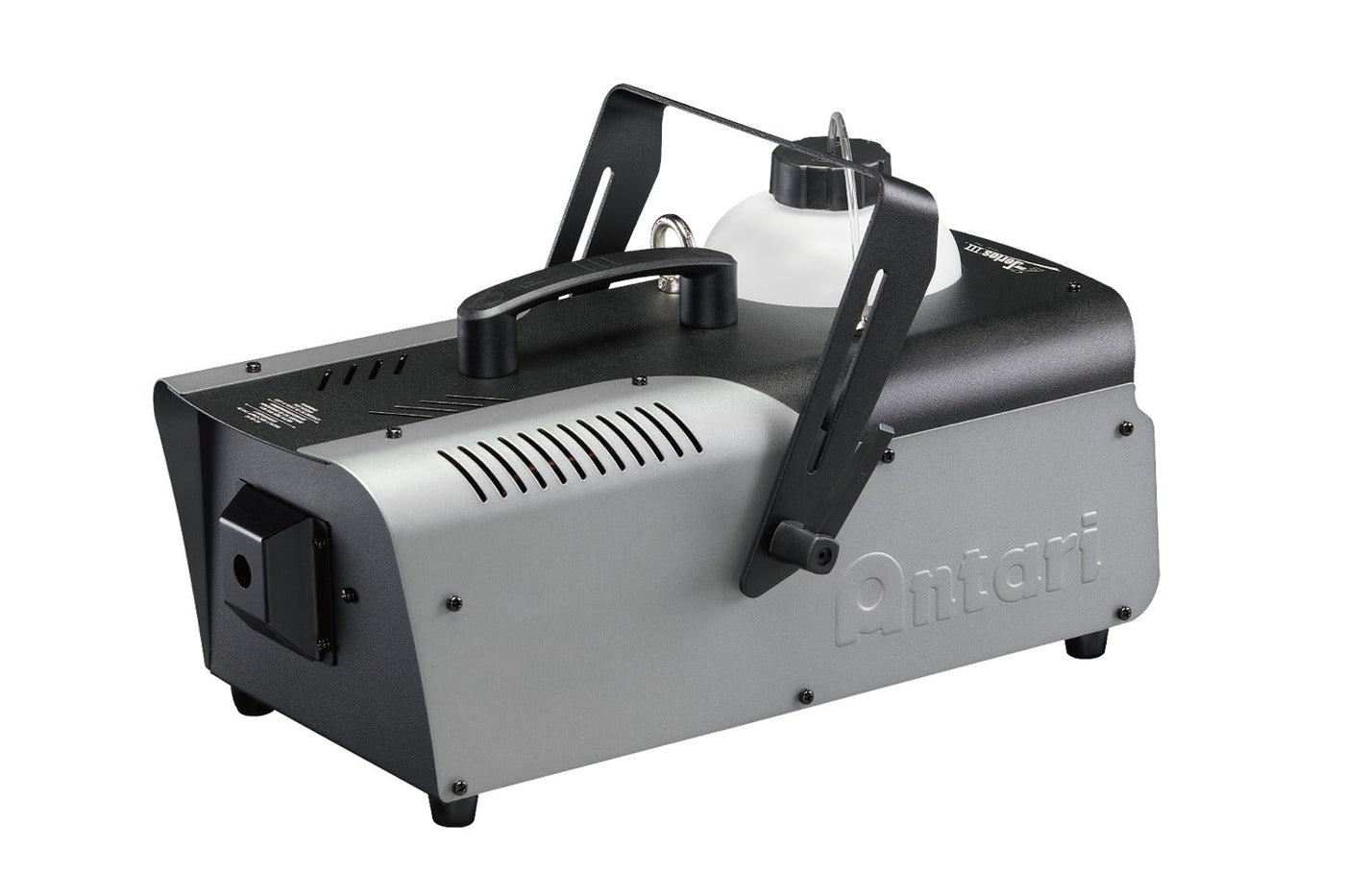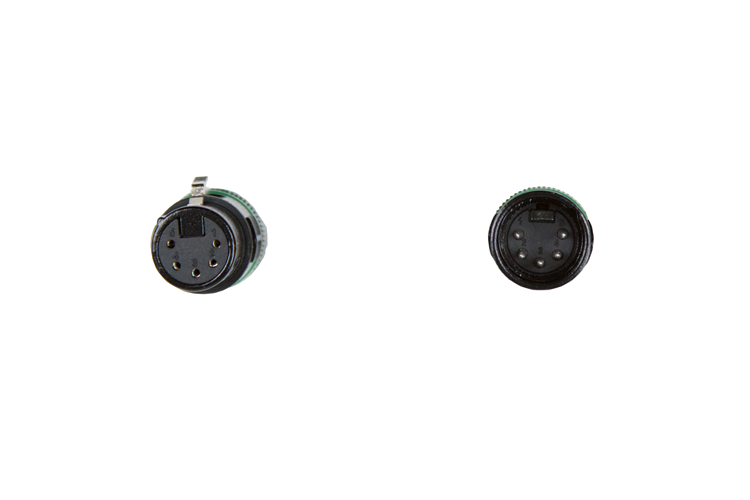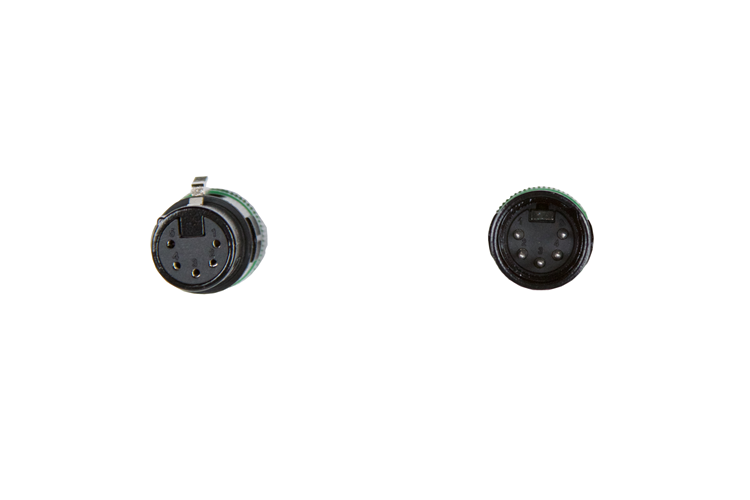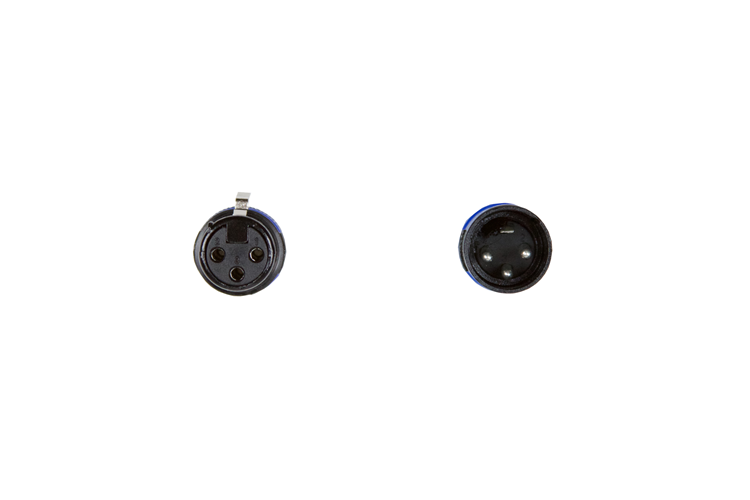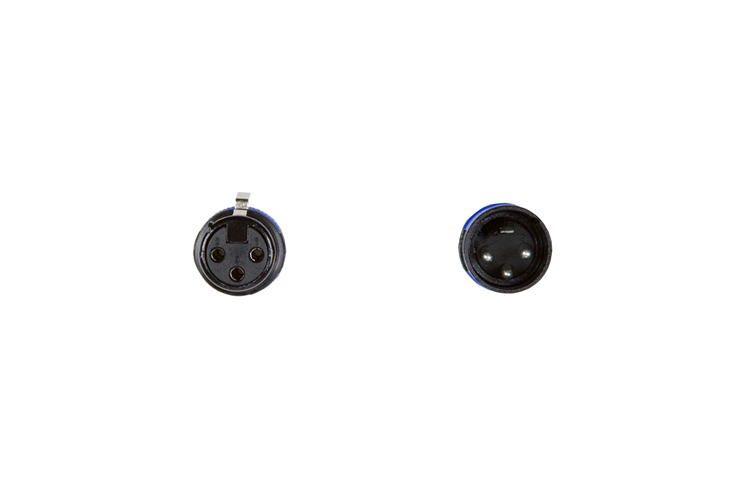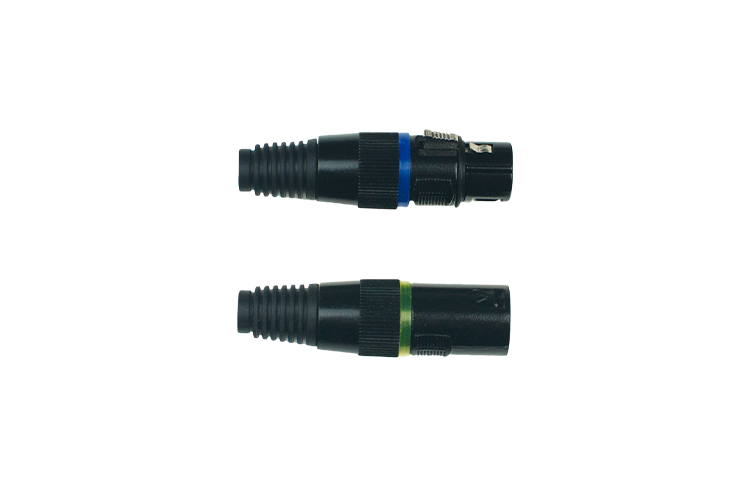Humantechnik Proloop C Induction Loop Amplifier
Using an inductive loop system, hearing-aid wearers can pick up the signals emitted by electric/ electronic audio sources (microphone or hi-fi systems) directly in their hearing aids or CI systems.
As a result, they hear the sound without any annoying background noise, echo or reverberation. An outstanding advantage of using induction loop systems: no special receivers are required. All that?s needed is the hearing aid.
Most modern hearing aids are now equipped with adjustable M and T functions. M stands for microphone, i.e. hearing thesound in the room via the integrated microphone, and T (telecoil) means that the audio signals are transmitted inductively and directly
via a telecoil integrated in the hearing aid. Some hearingaids are also equipped with an ’‹MT’½ function, which combinesboth types of reception, microphone and telecoil so that thelisteners are able to hear the sound in the room as well as the
inductively transmitted signals.
How does an induction loop system work
Alternating current creates a magnnetic fi?eld in a wire/a loop. If a second wire is introduced into this magnetic field (here: the telecoil in a hearing aid), a correspondingly alternating current will also be created in it: the electrical impulses are induced into the second
wire without any actual electrical connection.
An induction loop system consists of a loop and an amplifier. The loop, an insulated wire, runs around the outside of the listening area. Theamplifier, connected with an audio source (hi-? system, speaker?s microphone, etc.), transmits the acoustic signals converted into
alternating current to the loop.
The magnetic field inside the loop allows the listeners tomove freely in the room and pick up the audio signals fed directly into their hearing aids.
The PROLOOP amplifier family is designed for professionaluse in medium-sized rooms (up to 170 m2) in private buildings and public facilities, in which particularly high dependability and extremely reliable operation are required.
With its 100-percent short-circuit proof amplifier, programmable, balanced XLR input jacks and highly stable output power, the PROLOOP C is able to meet these demands.Automatic Gain Control (AGC) guarantees consistent field strength and reproduces stable sound with a special emphasis on clear speech, even under acoustically demanding conditions. The integrated monitor output and corresponding testing technology can be used to analyse the induction loop audio quality
FEATURES:
-
Higher output power: 11 A RMS / Short-circuit-proof
-
Automatic fuse reset / Two programmable, balanced XLRinputs
-
One phono input / Two line outputs
-
Extra-sturdy jacks / Dual action AGC for excellent speech recognition
-
High availability, operating reliability and quality assurance
-
Convenient monitoring of the magnetic field: Can be done using headphones or speakers
-
Treble control to compensate for treble losses due to reinforcement
SPECIFICATIONS:
| 230-240 V AC 50 Hz, 7-200 W, 10 A fuse |
| 170m2 acc. to IEC 60118-4, single-loop, free field |
| |
|
| 60 A from peak to peak, 1-5 ms, 1 kHz, 11 A RMS, continuous 1 kHz, short-circuit-proof |
| 31 V from peak to peak |
| Sets voltage and power for steady signals like oscillation and sine curves after 0.6-1 seconds to -10 dB.Short pulses and normal program signals are not limited. |
| 100 - 5000 Hz ( ± 3 dB) |
| < 1% |
| Screw connection on rear panel of amp |
- Line Outputs 1. LINE OUT:
| 0 dBm-phono (with AGC function |
| |
|
| 0.5 mV-180 mV / 10 kOhm (mic.) alt. 50 mV - 10 V/ 10kOhm (line)Separate 2-channel AGC, phantom voltage 9-12 V,XLR connections |
| 50 mV-10 V / 10 kOhm, phono connections |
| |
| |
| > 70 dB |
| 2 - 500 ms |
| 0.5 - 20 dB/s |
| |
|
| 0 - +9 dB, potentiometer |
- Induction loop adjustment:
| 0 - 170 m’, potentiometer |
| One green LED each for mains connection input level and induction loop current |
| |
- Induction Loop Monitoring
| 6.3 mm jack for speaker and headphone monitoring |
| |
|
| 62 x 295 x 188 mm |
| 3.6kg |
| Black |
Please Note: Online stock only for this item. Shipping at checkout for this item may be an estimate only and may apply only to some metro areas or to a specific distance from supply location. Local pickup may be available on some items by prior arrangement. Shipping charges may still apply for this item for Click and collect in store orders as this item may still need to be shipped to us for collection from the local pickup location.
Please use the contact us form to get an accurate shipping quote based on your order quantity and location to avoid order cancellation charges.



